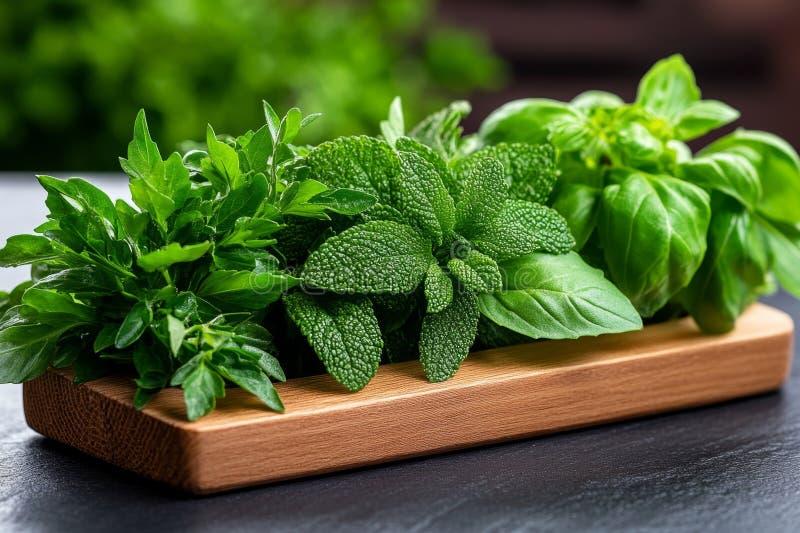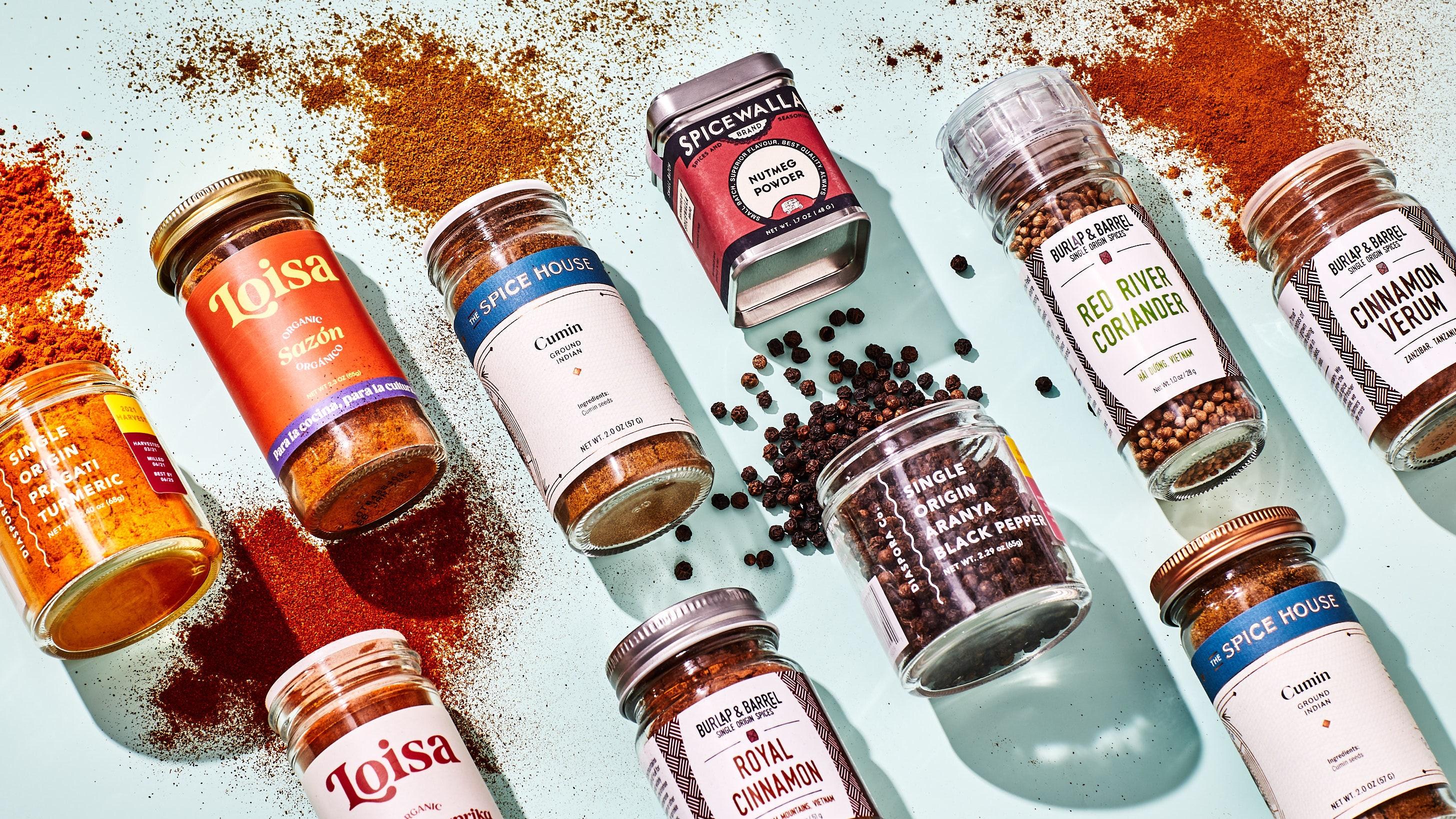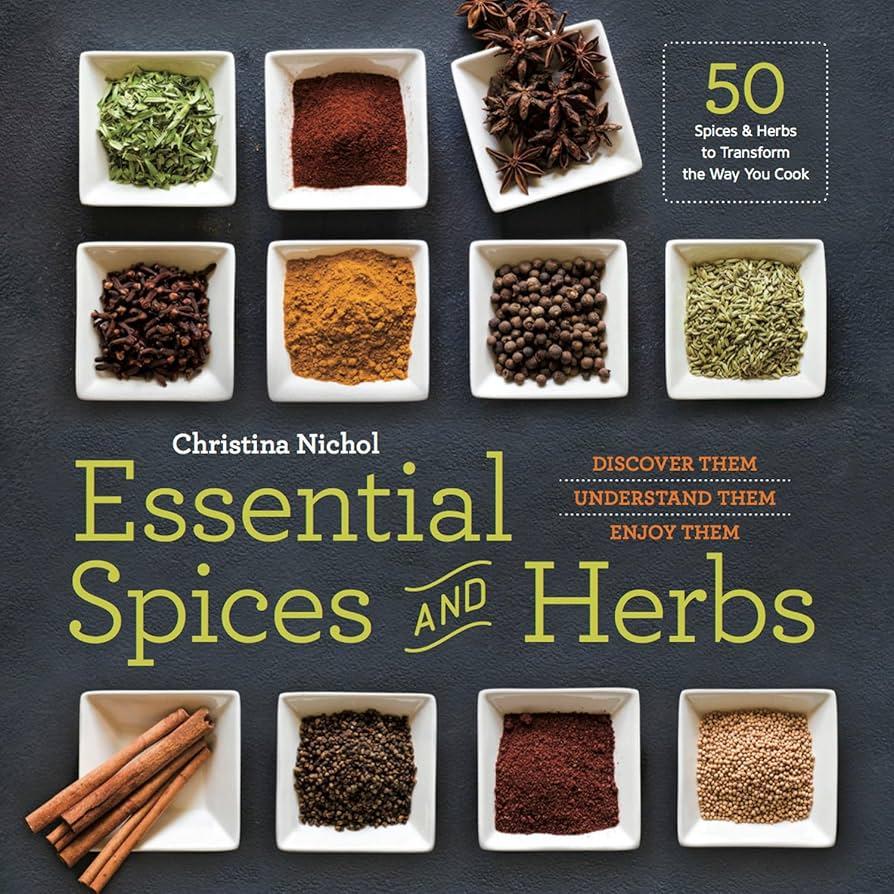In the world of culinary arts, spices are the unsung heroes that elevate ordinary dishes into extraordinary experiences. They possess the remarkable ability to transform flavors, enhance aromas, and ignite the senses, turning simple ingredients into memorable meals. Understanding the essential spices that every kitchen should have is crucial for both novice home cooks and seasoned chefs alike. This article delves into a selection of indispensable spices, each with its own unique profile and culinary applications. From the earthy warmth of cumin to the bright zest of coriander, we’ll explore how these foundational ingredients can enhance your cooking and inspire creativity in the kitchen. Whether you’re whipping up a comforting stew or crafting an exotic dish, the right spices can make all the difference in achieving depth and complexity in your meals. Join us as we unravel the spice cabinet treasures that are vital for flavorful cooking and discover how to maximize their potential in your everyday dishes.
Table of Contents
- Aromatic Staples: Understanding the Core Spices for Every Cuisine
- Flavor Enhancers: How Spices Transform Dishes from Ordinary to Extraordinary
- Health Benefits of Common Spices: Nourishing Your Body through Flavor
- Storage and Preservation: Best Practices for Keeping Your Spices Fresh and Potent
- Final Thoughts
Aromatic Staples: Understanding the Core Spices for Every Cuisine

Every cuisine boasts its distinctive flavors, but there are certain spices that act as foundational staples across various culinary traditions. Cumin, with its warm, earthy notes, offers depth to dishes ranging from Indian dals to Mexican salsas, making it a must-have in any kitchen. Similarly, coriander, with its citrusy undertones, enhances everything from Asian stir-fries to Mediterranean salads. Turmeric, often revered for its vibrant color and health benefits, finds its way into savory curries and rice dishes alike, bringing a golden hue and earthy flavor that dances on the palate.
Additionally, paprika injects a sweet, smoky essence into recipes, whether it’s sprinkled on roasted vegetables or used in traditional Hungarian goulash. Not to forget, black pepper, a common yet essential spice, elevates nearly every dish with its sharp heat and aromatic qualities. Other spices such as cardamom and cloves add a unique dimension to both sweet and savory dishes, creating a harmonious balance of flavors that are essential for any aspiring chef. Whether you’re experimenting with exotic cuisines or cooking familiar favorites, ensuring these spices are at hand will undoubtedly enhance your culinary creations.
Flavor Enhancers: How Spices Transform Dishes from Ordinary to Extraordinary

Spices are the unsung heroes of the culinary world, capable of elevating even the simplest of dishes into an extraordinary dining experience. Each spice carries its own unique profile of aromas and flavors, offering a bouquet of enhancements that can metamorphose chicken from bland to brilliant or transform vegetables from dull to dazzling. By strategically blending spices, you unlock a repertoire of culinary creativity that can take your cooking to new heights. Here are a few essential spices that play a pivotal role in flavor enhancement:
- Cumin: Earthy and warm, ideal for enhancing stews and chili.
- Cinnamon: Sweet and fragrant, perfect for both savory and sweet dishes.
- Turmeric: Adds a vibrant yellow hue and a subtle earthiness to dishes.
- Paprika: Smoky or sweet, it lends depth to meat and vegetable preparations.
- Black Pepper: A universal spice that adds a kick of heat and complexity.
Incorporating these spices into your cooking arsenal allows for a multitude of flavor profiles, enhancing everything from sauces to marinades. Understanding how to balance spices can create comforting classics or bold, modern interpretations. Below is a simple guide to help you pair spices effectively with different types of proteins and vegetables:
| Protein/Vegetable | Recommended Spices |
|---|---|
| Chicken | Cumin, Paprika, Black Pepper |
| Fish | Dill, Lemon Zest, Paprika |
| Beef | Cinnamon, Cumin, Black Pepper |
| Carrots | Ginger, Cinnamon, Turmeric |
| Spinach | Nutmeg, Garlic Powder, Black Pepper |
Health Benefits of Common Spices: Nourishing Your Body through Flavor
Incorporating spices into your meals not only enhances flavor, but also provides numerous health benefits that nourish your body. Turmeric, for instance, is renowned for its anti-inflammatory properties, largely due to its active compound, curcumin. Regular consumption may help reduce the risk of chronic diseases, while also boosting the immune system. Similarly, cinnamon stands out as a powerful antioxidant that can aid in regulating blood sugar levels, making it a smart choice for those managing diabetes. Other spices like ginger are known to support digestion and alleviate nausea, while garlic offers cardiovascular benefits by promoting healthy blood circulation.
Additionally, the benefits of spices extend beyond taste and nutrition—many of them possess antimicrobial properties that can improve food preservation. Cumin, for example, has been linked to enhanced digestion and may even possess cancer-fighting qualities. In a foundational spice like black pepper, piperine enhances the bioavailability of other nutrients, allowing for better absorption in the body. Here’s a quick overview of some essential spices and their highlighted benefits:
| Spice | Health Benefit |
|---|---|
| Turmeric | Reduces inflammation |
| Cinnamon | Regulates blood sugar |
| Ginger | Aids digestion |
| Garlic | Supports heart health |
| Cumin | Boosts digestion |
| Black Pepper | Enhances nutrient absorption |
Storage and Preservation: Best Practices for Keeping Your Spices Fresh and Potent
To ensure that your spices retain their vibrant flavors and aromas, proper storage is crucial. Store spices in airtight containers that prevent moisture and air exposure. Glass jars with tight-fitting lids or opaque containers work excellently for this purpose. Additionally, keeping spices away from direct sunlight will help preserve their potency. Dark, cool places, such as cabinets away from the stove and other heat sources, are ideal. Remember to label your spice containers with the purchase date to track freshness, as most spices have a shelf life of 1–3 years.
When it comes to preservation, consider the method of spice purchase. Whole spices, such as cumin seeds and peppercorns, typically last longer than ground spices. Grinding them just before use not only enhances their freshness but also unlocks a deeper aroma that enhances culinary dishes. For spices that come in bulk, you might think about dividing them into smaller portions to limit exposure to air. Here’s a quick reference table for the lifespan of common spices:
| Spice Type | Shelf Life |
|---|---|
| Whole Spices | 3-4 years |
| Ground Spices | 2-3 years |
| Herbs (Dried) | 1-3 years |
| Spice Blends | 1-2 years |
Final Thoughts
the world of cooking is as diverse as the spices that flavor it. Equipping your kitchen with these essential spices not only elevates the taste of your meals but also opens the door to a plethora of culinary possibilities. From the warm, comforting notes of cinnamon to the vibrant kick of cayenne pepper, each spice brings its unique character to the table, transforming simple ingredients into extraordinary dishes.
By understanding the role of each spice, you empower yourself to experiment, innovate, and ultimately create meals that speak to your personal palate. As you embark on your culinary journey, remember that the right blend of spices can turn everyday cooking into an art form—one that invites exploration and discovery with every dish. So, stock your pantry, unleash your creativity, and let the essence of flavor guide your hands as you cook with passion and purpose. Happy cooking!



